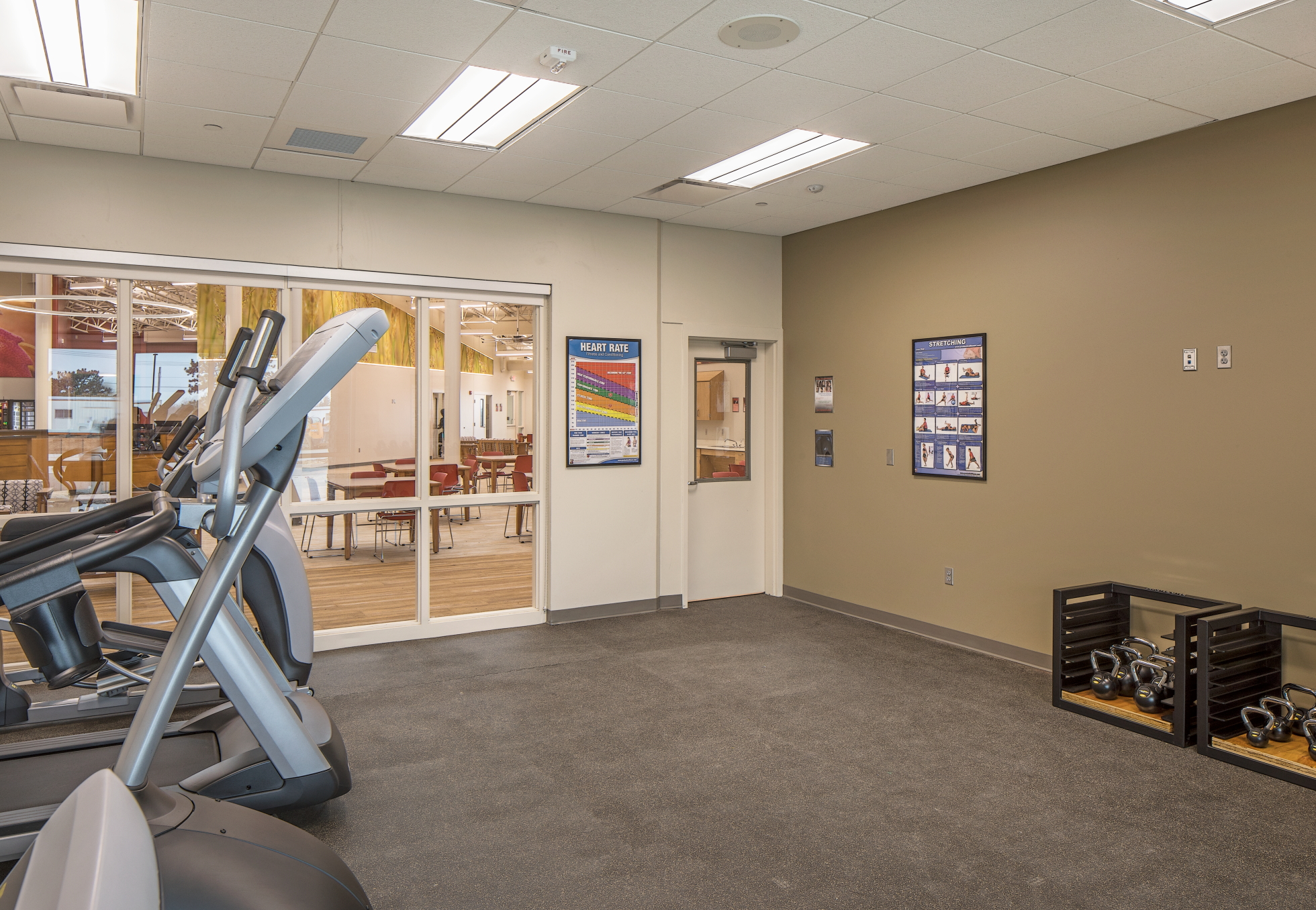By Roxanne Squires
INDIANAPOLIS — Hospitals are commonly regarded as a safe place among patients and caregivers, where services never cease, and staff is continuously effective — but what happens when disaster strikes? Hospitals are needed to operate under standard-to-severe conditions, maintaining quality care and protection for patients, visitors and associates alike in the event of a natural disaster.
According to Scott Cormier, vice president of emergency management, environment of care, and safety at Medxcel, weather-related catastrophes are responsible for nearly 500 deaths and $15 billion in damages. In his recent publication, Cormier focuses on tornadoes in particular, which typically occur during the months of spring and summer. As hospitals stand as a crucial asset in the response and recovery of a community following a disaster, it’s imperative that these facilities are prepared and protected. Cormier explained how a hospital can prepare and protect during the event of a tornado by following three separate steps. These steps comprise implementing a comprehensive emergency management plan, developing communication infrastructure and following the plan.
In 2017, the Centers for Medicare and Medicaid Services updated emergency management requirements for 17 providers and suppliers of healthcare including hospitals, long term care, home health, and outpatient services. Through this, Medicare and Medicaid providers are required to create comprehensive emergency management plans in place that account for their patients, associates, and communities for all natural, man-made and technological disasters.
If a facility is determined unsafe, the hospital must work with local emergency management and public safety agencies, as well as contracted partners, to evacuate the facility.
There are three methods of evacuation: horizontal (moving patients from one side of a building to another that is safer), vertical (evacuating a floor of the hospital to another floor), and total (evacuating the entire facility. Each department should have a specific evacuation plan that considers the type of patient being evacuated, such as a newborn, critical care patient, or patients attached to specialized equipment. The Hospital Command Center coordinates the evacuation, connecting patients with transport assets and open beds at other facilities, while patients are transported from their rooms to a staging area, and those patients that require rapid transportation are evacuated first, while making sure to provide the patient’s chart for any specialized medications so they can continue care.
Tornado safety features include special windows to withstand flying debris, underground wiring to prevent power outages, and a reinforced roof. For existing structures, the facility team should create safe zones characterized as windowless, reinforced rooms placed throughout the facility where staff, visitors, and patients can shelter during a tornado. The Federal Emergency Management Agency (FEMA) has a grant program called the Hazard Mitigation Grant Program, in which healthcare facilities can partner with local and state governments to apply for safe room grants.
Cormier urges hospitals to create a plan that reinforces areas to make the building safer, stating it should be a part of a multi-year capital improvement program. Further protections include investing in warning equipment like weather alert systems, and subscribing to a private meteorological service that has the exact coordinates of hospitals to receive specific forecasts and warnings based upon those locations, which is more accurate than the general warnings broadcasted in the media. It is also vital to train staff on how to react during a tornado watch and warning, which includes preparation of patients and visitors, keeping emergency equipment accessible in all areas of the facility, and having a checklist to quickly determine if the building is safe to stay after the tornado passes. Finally, confirming memorandums of understanding (MOU’s) for staffing, transportation and evacuation sites are up to date.
“Since tornadoes appear with little warning, unlike hurricanes, there is little that can be done when a tornado warning is issued. Natural disasters are one of the top hazards a healthcare facility will face, so it makes sense that they invest in preparation, response, and recovery supplies and equipment,” said Cormier. “If you are in a tornado risk area, it’s important you understand your facility, your vulnerabilities, and where safe areas are located in the building.”






